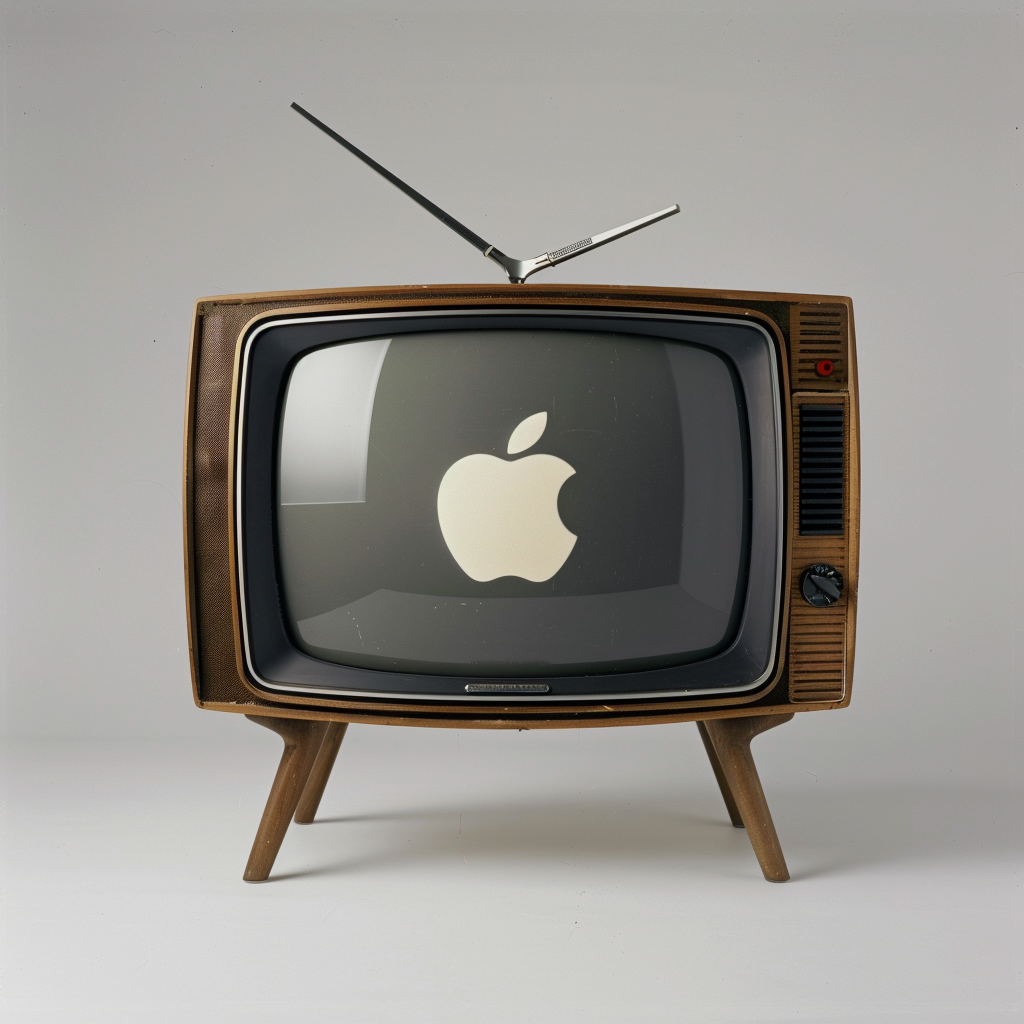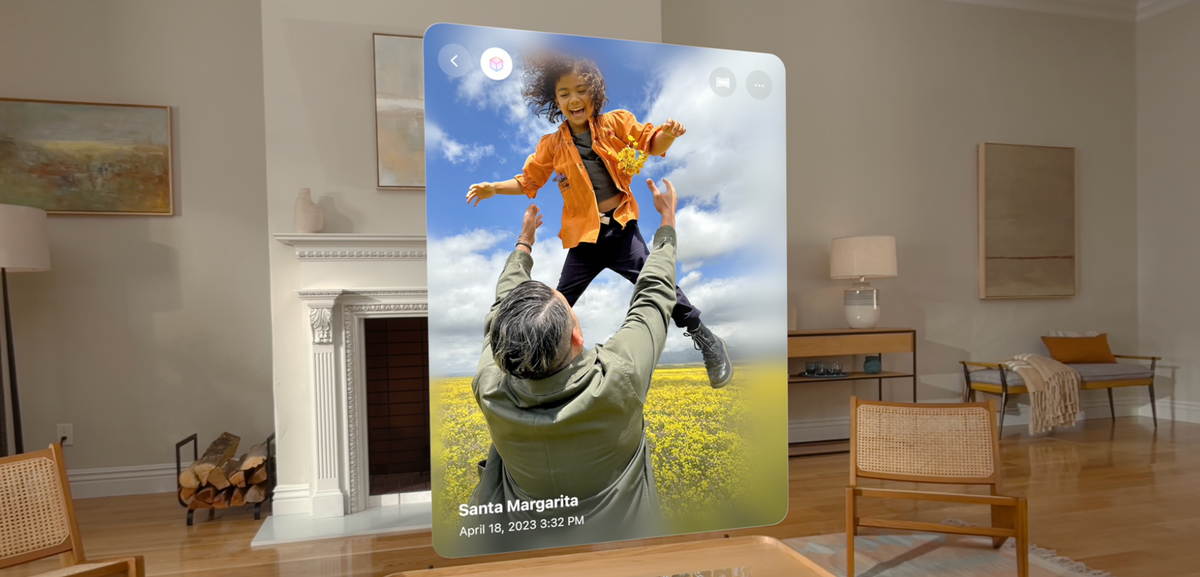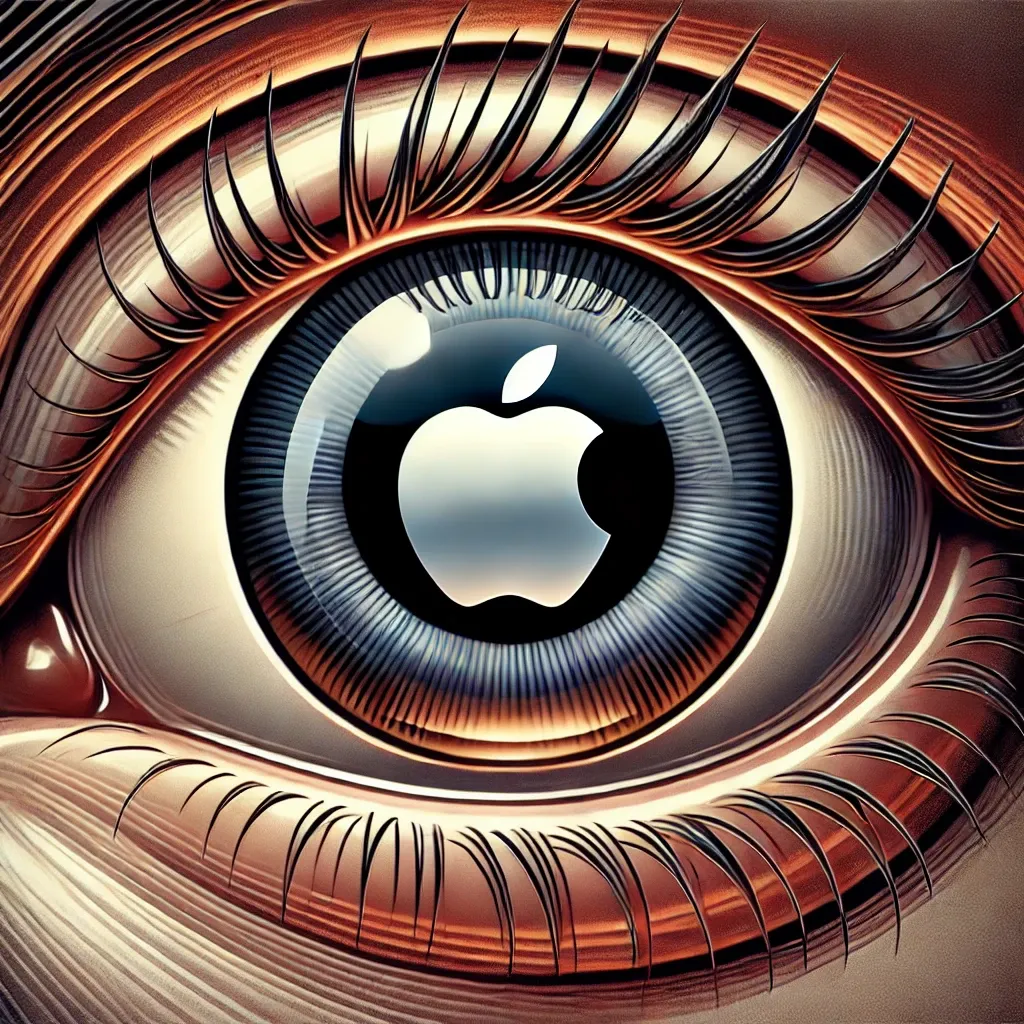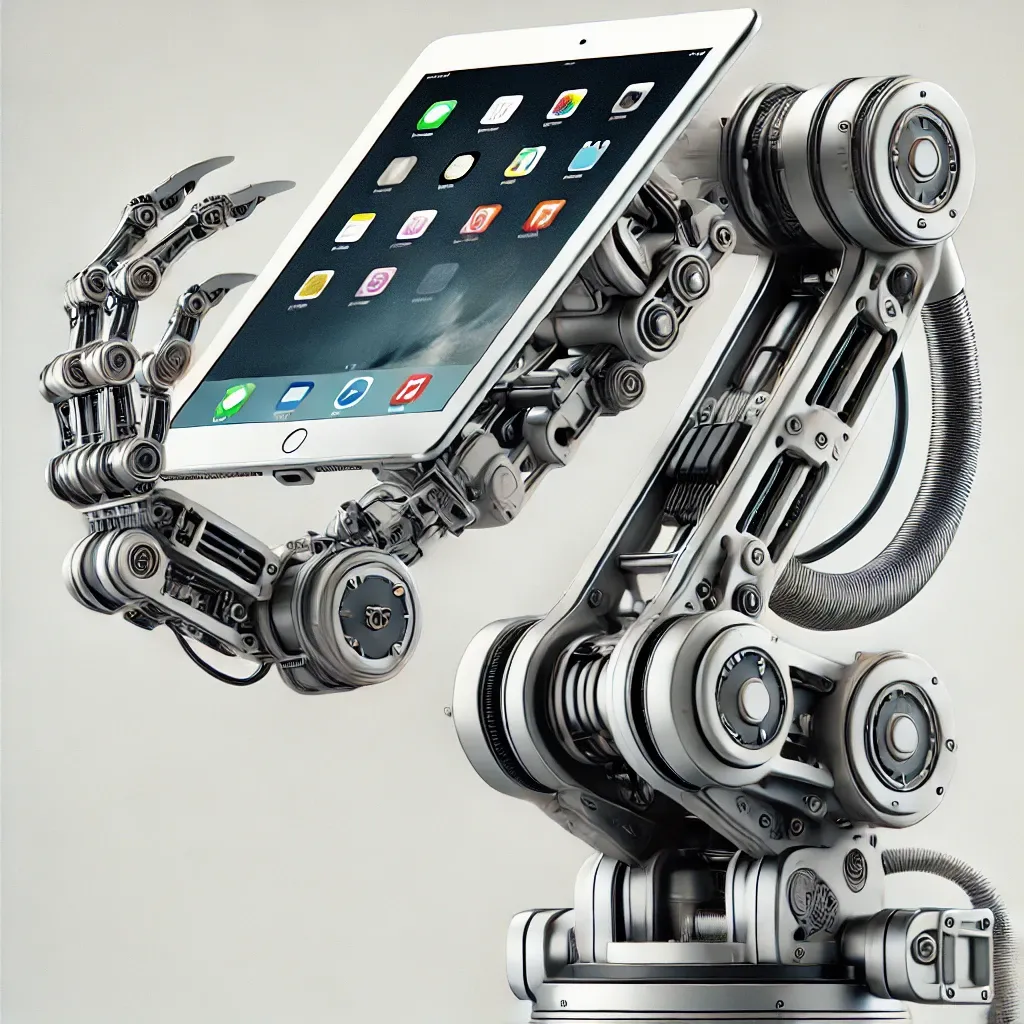A Still Too-Pro Vision
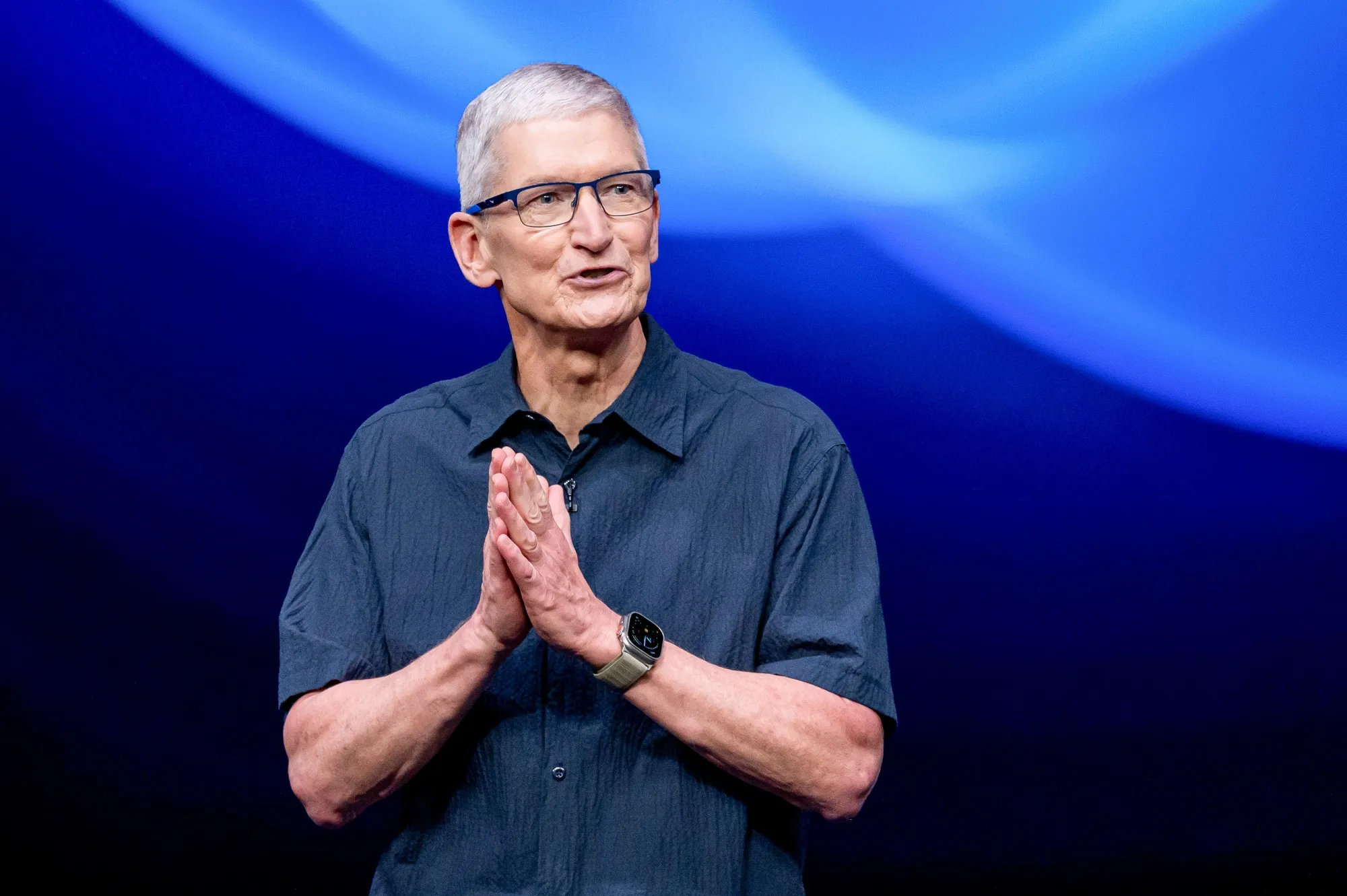
While the main crux of Mark Gurman's newsletter this week is about Apple's smart home strategy – I'll get to that briefly, below – perhaps more interesting is the continued updates about where they're taking the Vision Pro and other XR devices:
As I’ve reported, the Vision Products Group is working on at least four new devices. I expect a lower-end Vision headset to arrive as early as next year, with a second-generation Vision Pro — sporting a faster chip — following in 2026. The lower-end model would cost about $2,000 and probably use an inferior processor and cheaper materials. It also would lack EyeSight, a gee-whiz feature that shows a user’s eyes on the outside of the headset. With the lower price, Apple is expecting unit sales of the device to be at least double the level of the Vision Pro. But that’s not saying much.
A lower-end 'Vision' is clearly the right next step in this market. But while a $1,500 price difference sounds and is quite large, will a $1,999 starting price be good enough to entice the masses? My guess would still be no, unless they're able to really ramp up content for the device, which is pushed out at a regular cadence. As their release of Submerged showcased, Apple needs to be marketing this device as the real 'Apple Television', with some bonus features that are fun and cool and potentially point to a future of computing. But we're just not there yet.
$1,999 is still expensive for a television, but the higher end models are often more than that. And a Vision device can feature a much larger screen, of course. The problem remains that it's meant for one person. So unless Apple can crack the social/communal nut – without forcing everyone to spend $2,000 – I think it's still going to be a hard sell at the highest level. As I wrote on this point back in April:
Yes, they may do a price cut in the meantime – I mean, at some point it feels like they'll have to. But that won't really matter if the other issues aren't resolved. A $1,700 Vision Pro is better than a $3,500 Vision Pro, I guess, but kind of in the way that a $250,000 Lamborghini is "better" than a $500,000 Lamborghini. A price cut, even in half, isn't going to drastically alter the market for this device.
My overall point there, of course, remains that this first Vision Pro really should have been a developer device, not a consumer device. I get that it would have been both a tough and new pill for Apple to swallow (a few smaller dev kits aside), but in an uncharted market, this is the way – as Meta and Snap recently showcased.
One example of an expensive mistake that a dev kit could have clarified and snuffed out: EyeSight, a feature Gurman now is saying will be gone in a less expensive version. As I wrote in June:
EyeSight needs to go. Even before the device launched, it was clearly a mistake. We all get what Apple was trying to do here, but beyond the fact that it makes you look beyond weird – something Apple may or may not be able to fix with tweaks and technology – it's just not a feature that's useful in the current um, reality, of the device. That is, outside of perhaps airplanes and a few jokers in cafes, no one is wearing this thing out of the house. And even there, it's usually when they're alone.
Yes, yes, that's easy to say in hindsight. But again, I was saying it without the benefit of hindsight, or EyeSight, just using common sense and my own eyes. An editor at Apple could have helped with this – or a dev kit.
Anyway, this is all just theoretical for now. Hopefully Apple has some more tricks up their sleeve in terms of what they can bring to the device. More games?
Back to Gurman:
Into 2027, the team is considering launching smart glasses on par with the Meta Ray-Bans, as well as AirPods with cameras. The idea is to salvage the billions of dollars spent on the Vision Pro’s visual intelligence technology, which can scan the environment around a user and supply useful data. We’ll get a taste of this with an upcoming visual intelligence feature on the iPhone 16, but the plan is to bring the Vision Pro’s ability to understand its surroundings to more products.
We're talking three years from right now?! That's way, way, way too late. If they're going to do a Ray-Ban-like pair of smart glasses, that needs to be a next year thing. Easier said than done – understatement of the decade? – but this is Apple. They have the capabilities. If this is an avenue they really want to pursue – and it might be smart from an AI-perspective, if nothing else – someone needs to light a fire under them to get it to market, pronto.
Clearly full AR glasses are the future here, but that market is still years away from a cost-perspective, if nothing else. Apple should be – and undoubtedly is – working on projects in this space right now, and it might benefit them to also take a more developer-focused roll-out in the next couple of years. But these Ray-Bans are in market and starting to sell well right now. They're fun, Apple used to do fun.
As for the 'smart home' stuff...
One of the first big steps will be releasing a new smart display — something people can use to play TV+ streaming content, do FaceTime calls, surf the web, and access apps like Calendar and Notes. It would be an affordable iPad-like screen, and consumers could place multiple units around the house, like they might with a HomePod mini.
The tabletop device, which is expected to come later, would be on the pricier side — perhaps around $1,000 — and focus on home security monitoring, advanced videoconferencing, and media playback with high-quality audio. The screen would be positioned atop a swiveling robotic limb, helping it stand out from competitors’ products.
I remain fairly skeptical on the first product just because I don't see right now how it will be significantly different than an iPad. Wouldn't it be better simply to release a great iPad hub/stand for the living room? Unless this is also a new Apple TV box, then it makes some sense to consolidate all the living room products, aside from perhaps HomePods? I realize I'm the person who has long argued for a 'FacePod' as it were. But that time may have passed – it would have been perfect timing during the pandemic, as Facebook found out with their Portal product (which was discontinued after lock-downs ended).
I'm sure Apple is going to try to market this around the 'Home' as the first 'homeOS' device with full Matter support, as Gurman notes. But what's the market size for an expensive home controller when your phone/tablet can also do that? It's all going to come down to marketing around families, I guess. The first truly family-friend iPad-like device with account switching, perhaps?
The robotic limb thing? Who knows. Robots, though? All-in – provided they're actual robots and not human-controlled bartenders.



